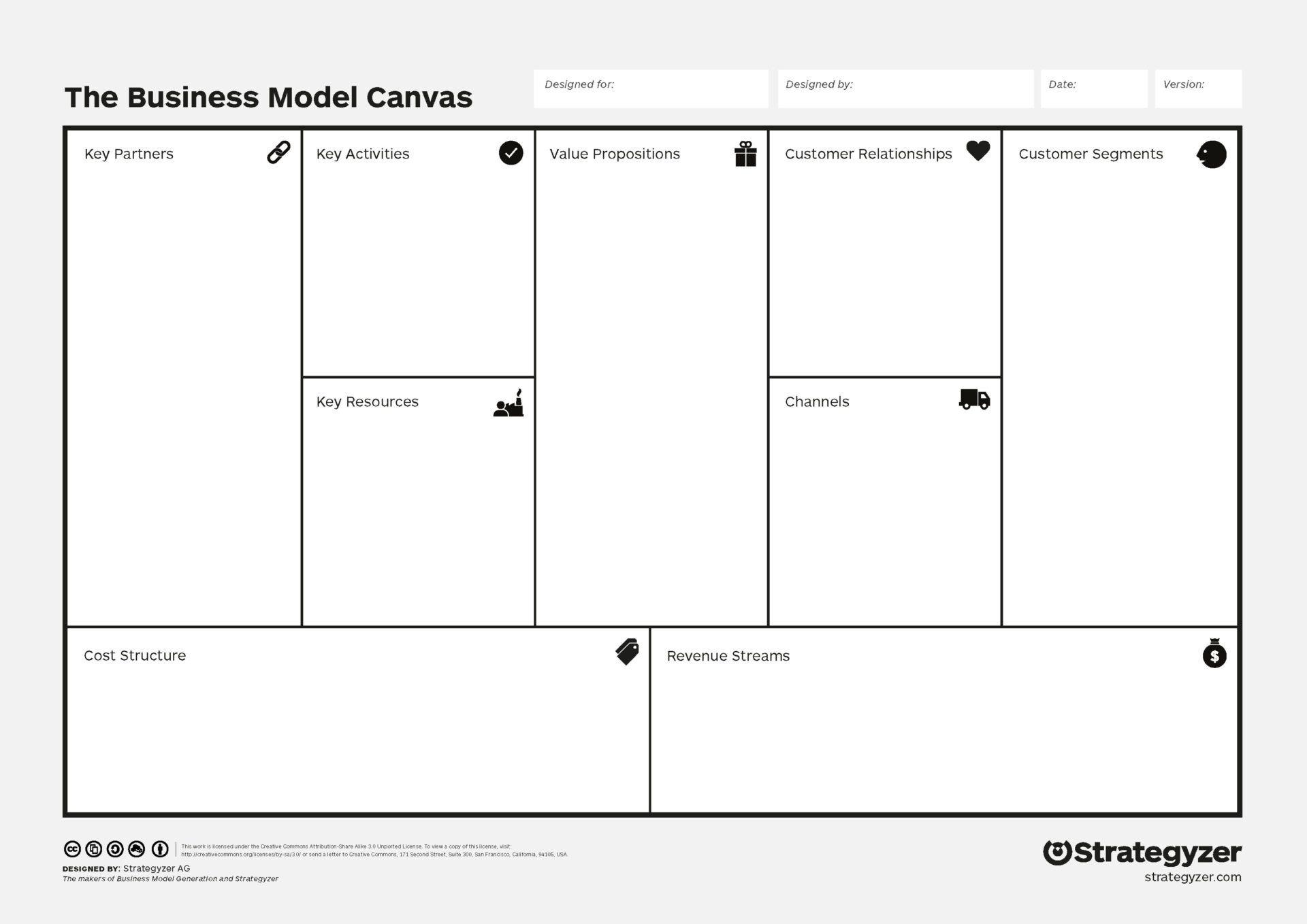Leadership Pizza
This leadership development activity offers a self-assessment framework for people to first identify what skills, attributes and attitudes they find important for effective leadership, and then assess their own development and initiate goal setting.





